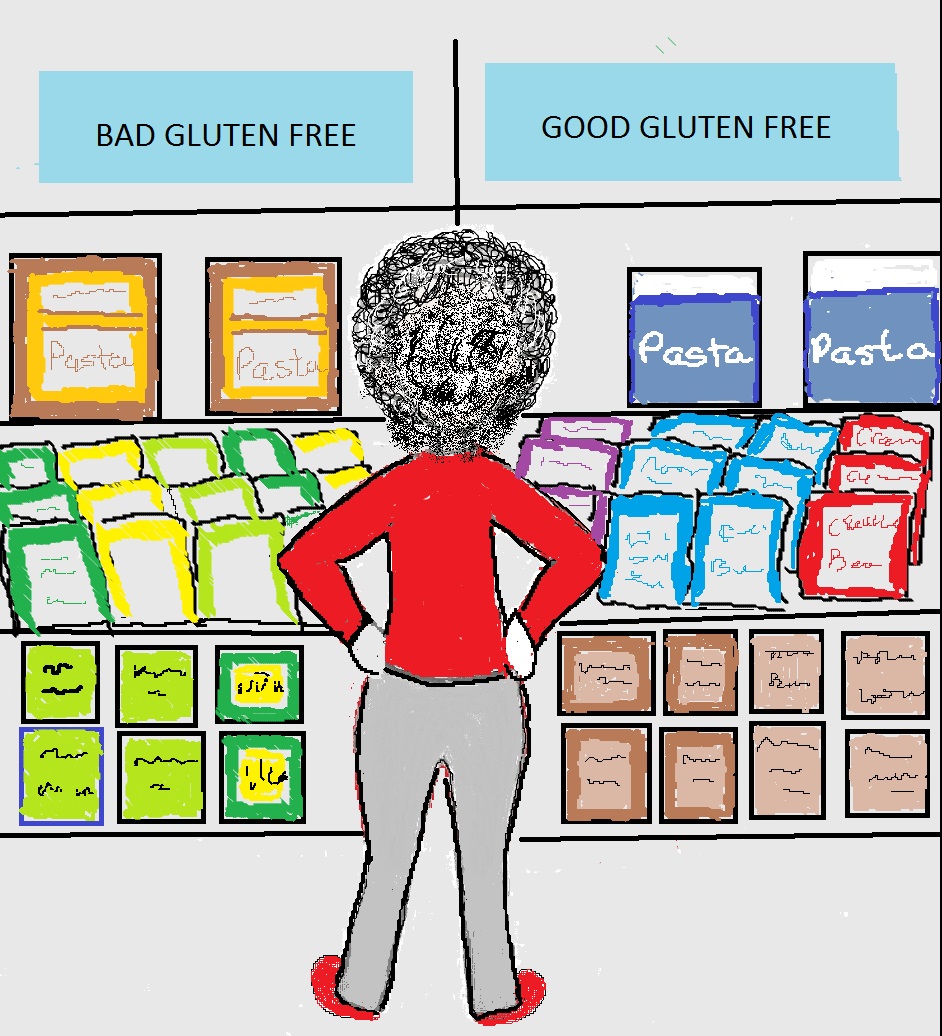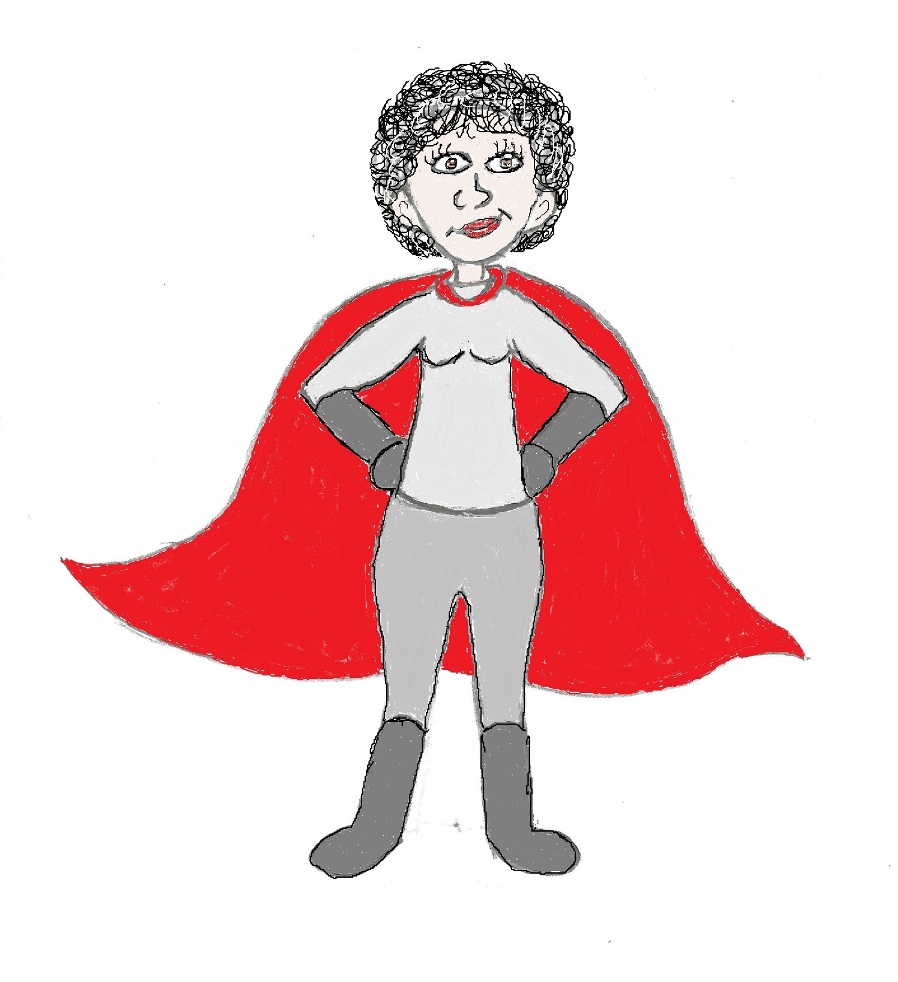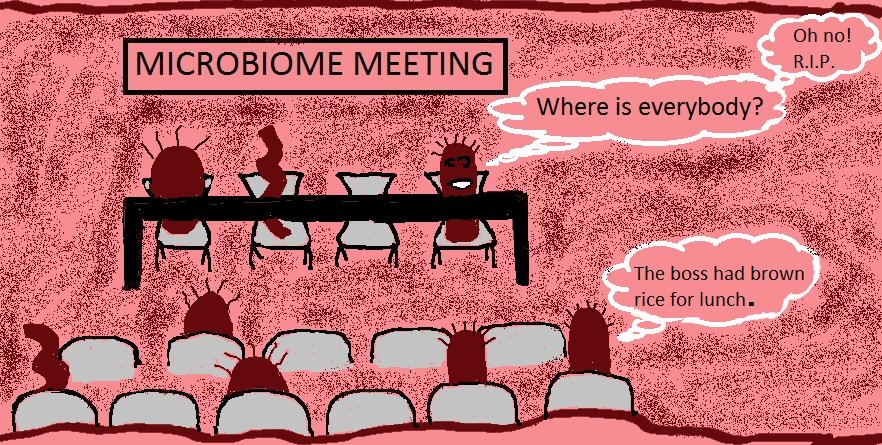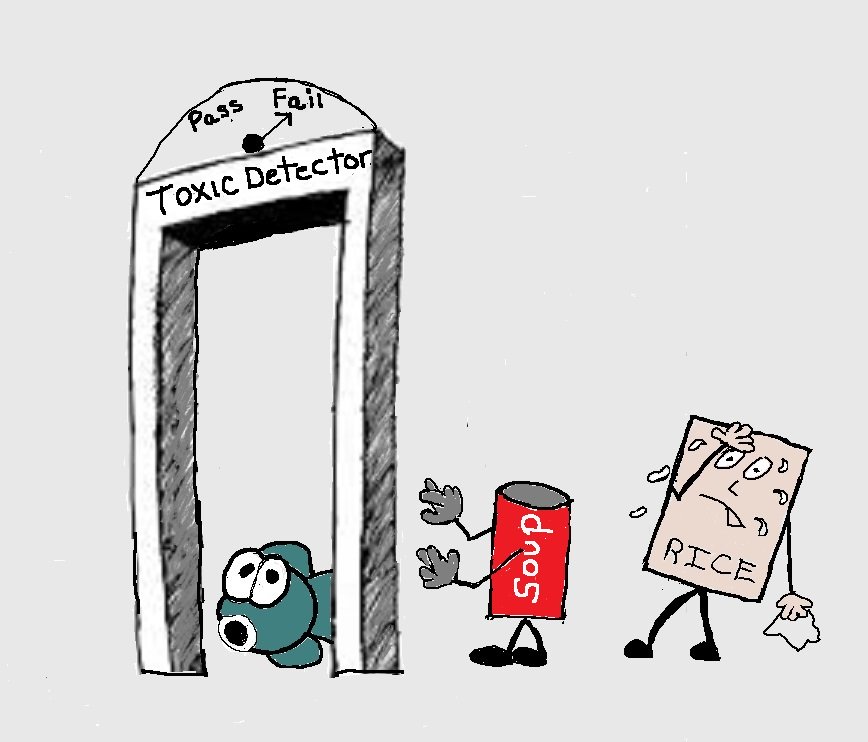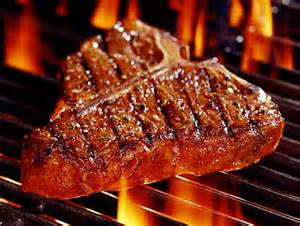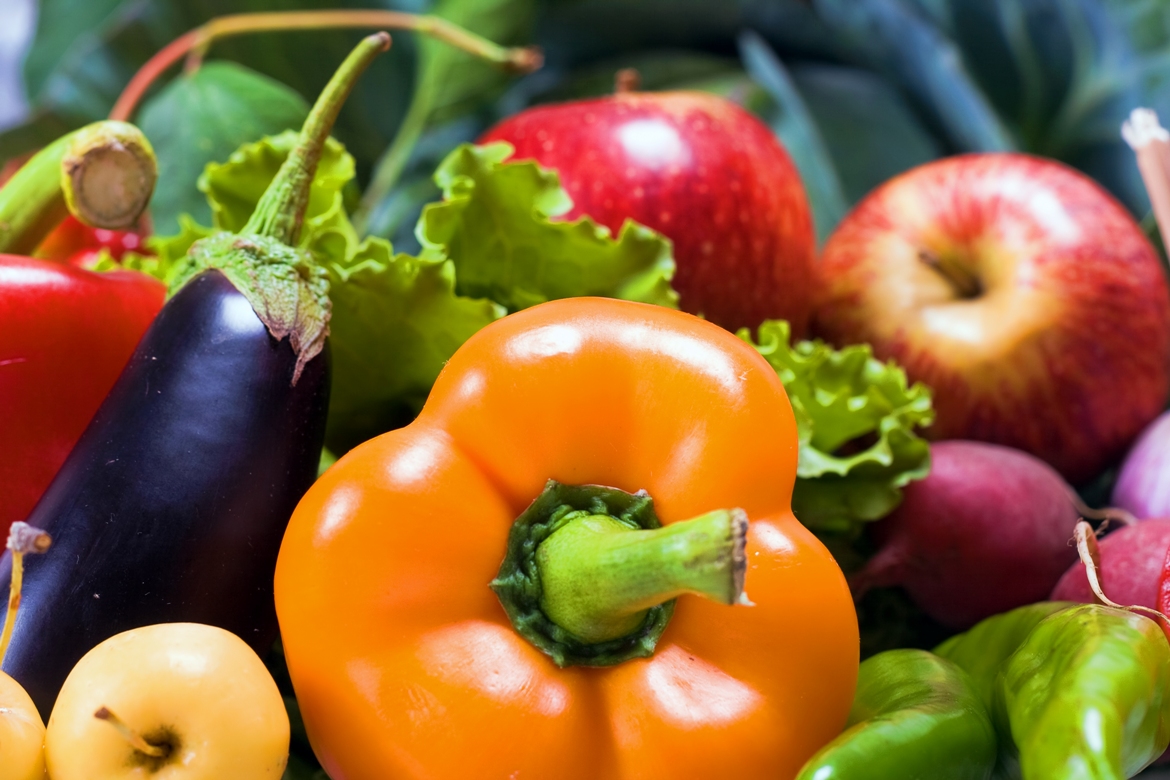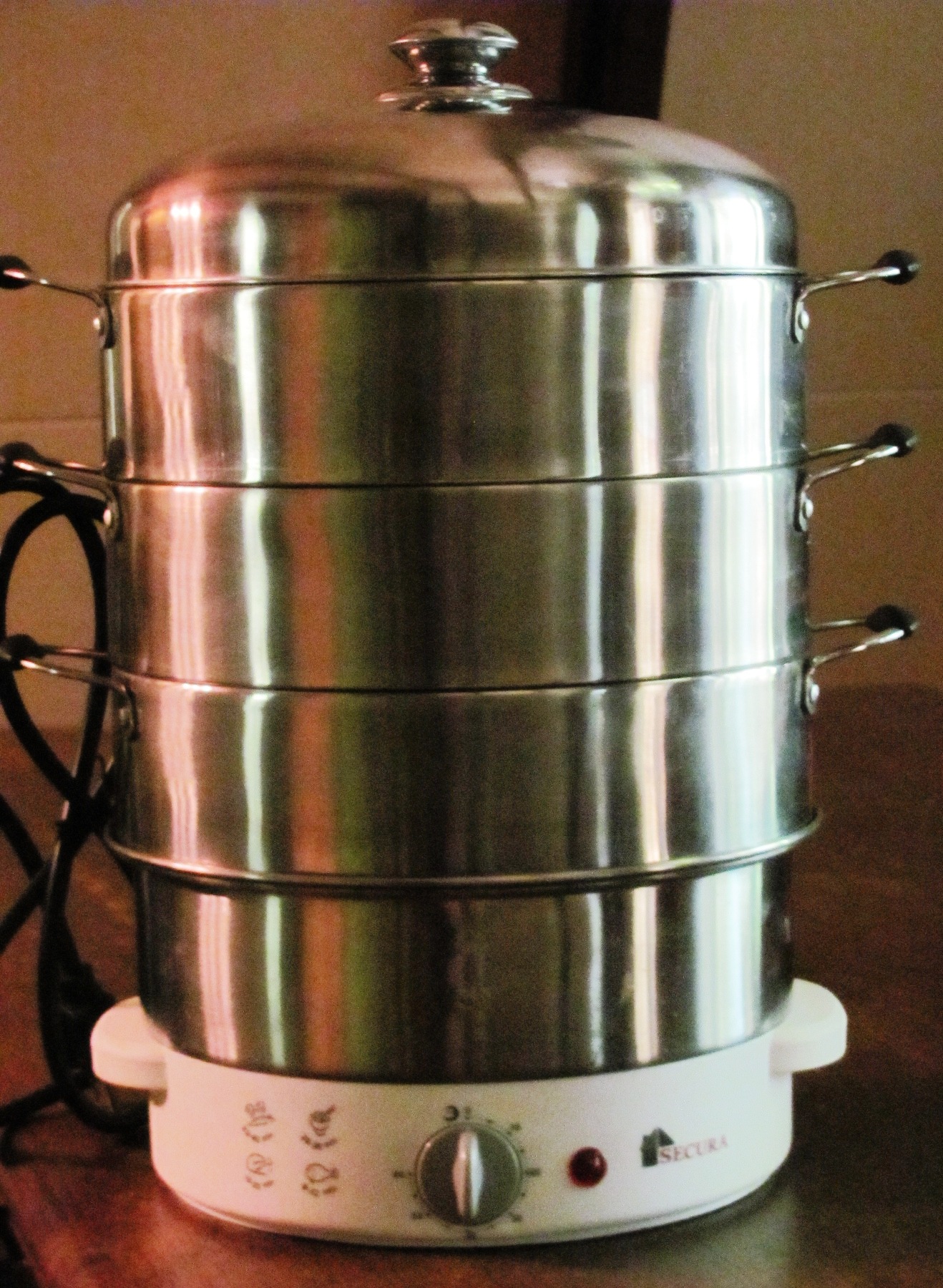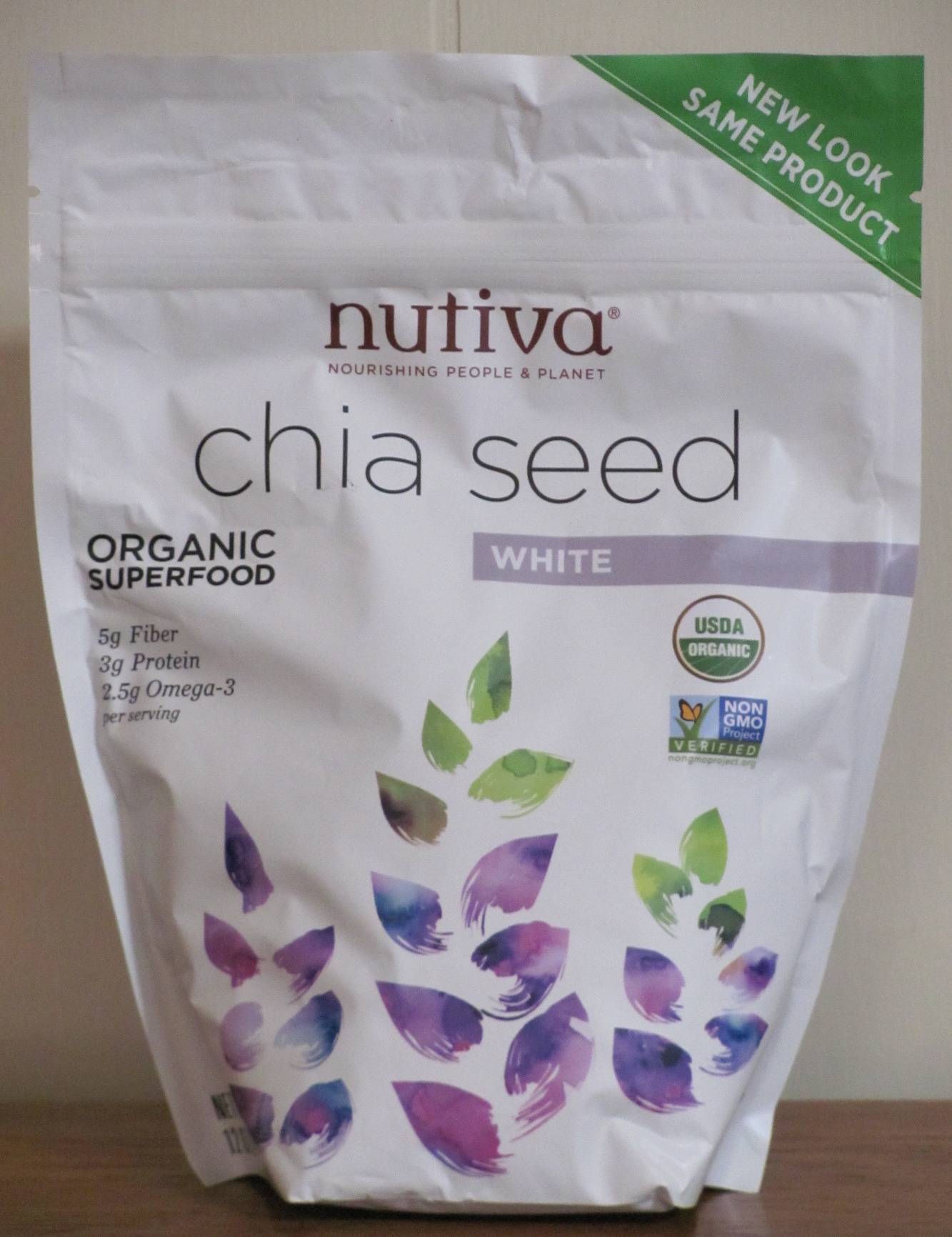- Home
- Toxic Chemicals in Food
- Arsenic in Rice
Arsenic in Rice – What You Need to Know
Arsenic is found in many healthy foods. The arsenic in rice, especially brown rice and brown rice products can expose you to high levels of this cancer-causing chemical. If brown rice is a staple of your healthy diet, there are some things you need to know.
What is Arsenic?
Arsenic is a naturally occurring chemical element. It enters soil and water from the erosion of rocks, volcanic eruptions, contamination from mining and the use of this chemical as a preservative in wood products and as pesticides.
Arsenic insecticides linger in agricultural soil today, even though their use was banned in the 1980s. This toxic chemical is still used in animal feed to prevent disease and promote growth, so fertilizer made from poultry waste can contaminate crops. Its use in feed is currently being phased out.
Arsenic occurs in both organic and inorganic forms. While the inorganic forms are considered the most dangerous to your health, there is growing evidence that organic forms may pose health risks. This chemical is classified as a Group 1 carcinogen known to cause liver, kidney, and bladder cancer.
How You Are Exposed
You’re exposed to this carcinogen mainly through food and water. Small amounts can be found in almost everything you eat, including organic food.
Some foods, like rice, contain higher amounts because they absorb more from the soil. Rice is different because it takes up the chemical from soil and water more readily than other grains, partly because it is grown in water. White rice has lower amounts then brown rice because the extra processing removes some.
The amount of arsenic in rice varies widely, with the greatest concentration in rice grown on land formerly used to grow cotton. Arsenic-based pesticides were commonly used on cotton crops. In the U.S, rice from the cotton growing south central states, such as Arkansas, Louisiana, Missouri, and Texas, contain the highest levels.
Exposure From Arsenic In Rice
The FDA has set a standard of 10 ppb (parts per billion) for arsenic in drinking water and has proposed a standard of 10 ppb in apple juice. The Consumers Union (CU) recommends the FDA require a 120 ppb standard for inorganic arsenic in rice. The European Union recommends a limit of 200 ppb for adults and just 100 ppb for children and babies.
The results of the following studies indicate that you may be exposed to much higher levels.
- In its 2012 study of 223 rice and rice-based
products, the CU found inorganic arsenic at concentrations ranging from 29.4 to
210 ppb.
- In its 2013 study of 1,300 rice and
rice-based products the FDA found the levels of inorganic arsenic ranged from
108 ppb – 195 ppb in brown rice grown in Arkansas and 125 ppb – 235 ppb for
rice grown in Texas. Rice from Louisiana had the highest level in the study at
249 ppb.
- In fall 2014 the Institute for Global Food Security tested 81 different rice products and found 58% exceeded 100 ppb.
- The daily intake of total arsenic (sum
of inorganic and organic) from food and beverages is generally in the
range of 20–300 ppb.
- The concentration of the metabolites of
inorganic arsenic in urine generally ranges from 5–20
ppb but may exceed 1000 ppb.
- The National Health and Nutrition Examination Survey, which measures exposure levels of various toxins, found that arsenic levels in 10% of the population is 44.6 ppb and the levels of 5% of the population is 85.6 ppb.
- There is growing evidence that even low amounts of exposure may affect health. Lung, prostate, and pancreatic cancer and heart disease have been linked to long-term low dose exposure.
Health Effects of Arsenic
When you’re exposed to arsenic it takes about 4 days for your body to breakdown and excrete inorganic arsenic in urine. However, some of it accumulates in your body, especially keratin rich tissue like hair and fingernails. And some of the breakdown products are also considered very toxic.
Skin - Skin lesions, skin cancer
Developmental Processes – Increased infant mortality, reduced birth eight, neurological impairments
Excretory System – Liver, kidney, bladder cancer, kidney damage and failure, anemia.
Nervous System – Impaired intellectual function, impaired motor function, neuropathy
Respiratory System – Lung cancer
Cardiovascular System – Heart disease, heart attack, hypertension
Immune System - Inflammation
Endocrine System – Diabetes, disrupts thyroid hormones
Healthy Eating But Lots of Arsenic From Rice
Unfortunately some of the healthy foods you are consuming may be exposing you to unsafe levels of arsenic. In addition to brown rice, which is often a staple in many healthy diets, there are a lot of healthy products that are rice-based.
There’s rice flour, rice milk, rice cakes, cereals, granola bars and gluten-free products. There’s also brown rice syrup, a sweetener frequently used as an alternative to high-fructose corn syrup in organic and health food products.
If you are a vegetarian or on a gluten free diet, consider all the rice-based foods you eat that may be exposing you to this toxin. Here’s a sample of your possible exposure in one day based on the inorganic arsenic levels found in the Consumer Reports study.
Breakfast – Rice Chex (132 ppb)
Lunch – Brown rice crisps (222 ppb)
Cranberry energy bar (98 ppb)
Dinner – Brown rice pasta – (167 ppb)
Gluten free banana bread (mix) – (89 ppb)
As you can see the amount of inorganic arsenic in 3 of these items is above the CU’s 120 ppb recommendation and the other 2 were very close. If you consume all of these rice-based items in one day or even in one week, that’s a lot of exposure to this dangerous toxin.
Consumer Reports suggests that adults eat no more than one-to-three servings of rice or rice-based foods per week. Children should be limited to 1.25 servings of a rice-based product per week.
Solutions to Reduce Your Exposure
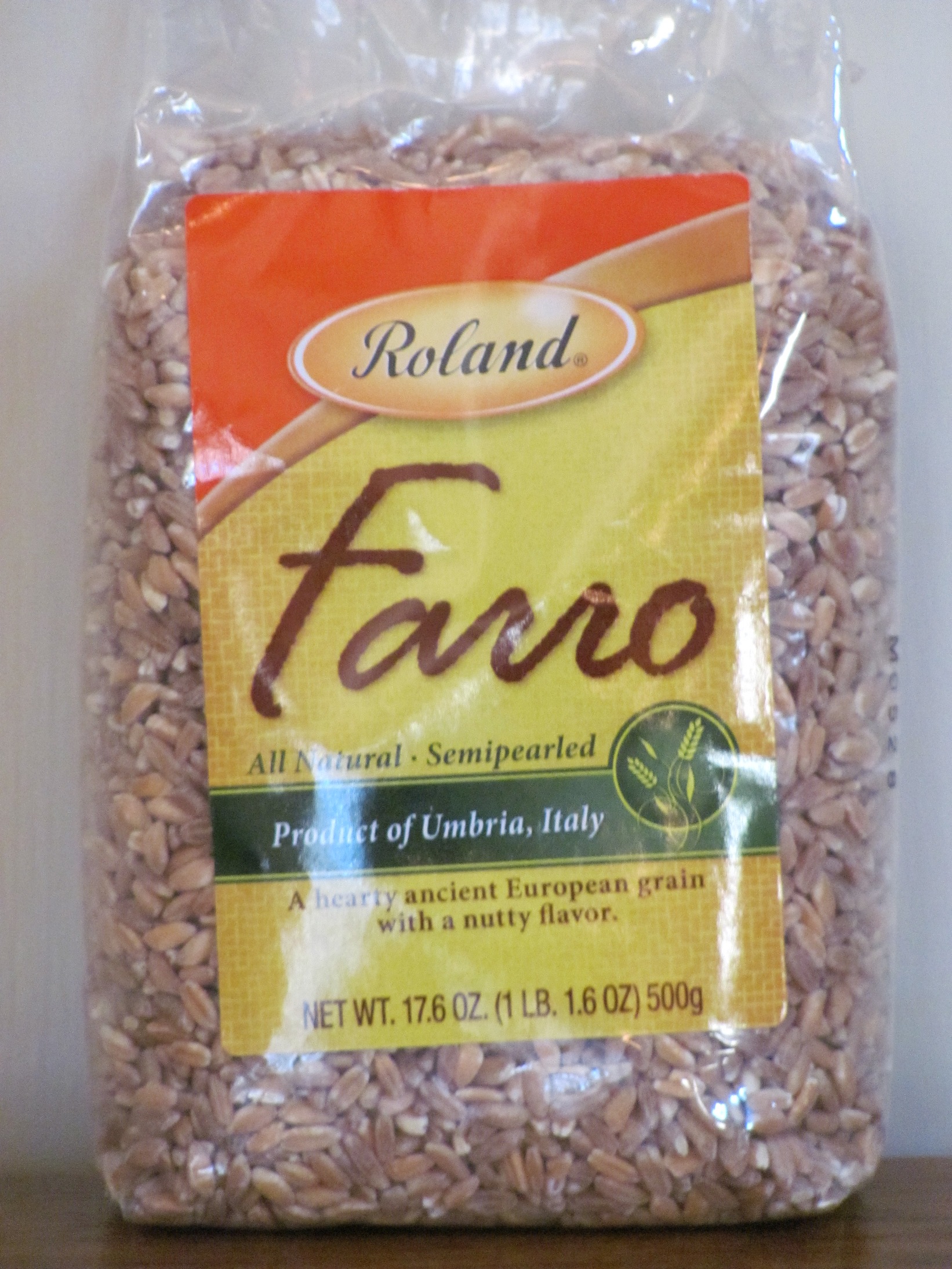
I used to eat brown rice 3-4 times a week. Steamed veggies and rice was one of my favorite meals. Not anymore. Concern over arsenic exposure had me rethinking the benefits and risks of some of my healthy eating food choices. Luckily there are so many non rice-based options and wheat free options that I don’t miss rice at all.
My favorite, because it has the same density and chewy texture as rice, is farro. You cook it just like pasta. And unlike quinoa, which I think is like eating tiny balls of air, farro fills you up. It also freezes really well so you can make a big batch and stick some in the freezer.
Easy Crockpot Veggie Farro
For every cup of Farro add 2 cups of water to your crockpot. Add chopped organic mushrooms, onions and peppers and cook on high for 2 hours.
During the last half hour add fresh spinach. For a complete meal add garbonzo beans or cooked chicken.
For a creamy, risotta-like farro use 2 1/2 cups of water per cup of farro. Cook 2 hours on high and an hour on low (or until all liquid is absorbed).
Other healthy options to replace brown rice include:
Grains - Other low-arsenic grains include barley, couscous and bulgur wheat. To avoid gluten, consider amaranth, buckwheat, millet, quinoa, oats, cornmeal, grits and polenta.
Flour - Instead of rice flour, try oat and garbanzo bean flour. Bob’s Red Mill has a line of gluten free and brown rice free flours.
Pasta - For gluten free pasta options, instead of rice-based pasta, try blends. Ronzoni makes pasta with white and brown rice, corn and quinoa. Barilla’s gluten free version is corn-based. Explore Asia makes a line of pastas made from beans.
Cereals – There are lots of healthy wheat, corn and oat based cereal options available.
Brown rice syrup - Read the labels on cereal and energy bars and limit your consumption of products sweetened with brown rice syrup.
While you can’t do anything about the small amounts of arsenic found in some healthy foods, like fruits and vegetables, you can avoid the high levels found in brown rice.
Limit
your consumption of brown rice by choosing safer grains. You’ll have all the
nutritional benefits without the health risks. And don’t overlook your exposure
to this carcinogen from hidden sources like brown rice syrup.
